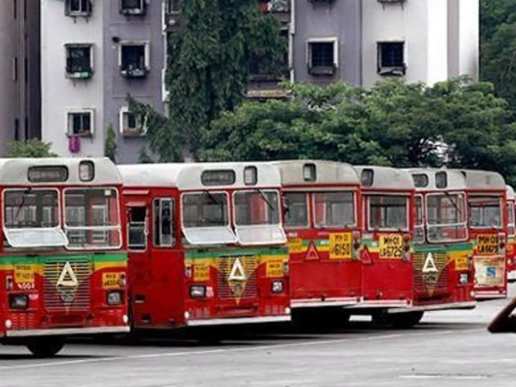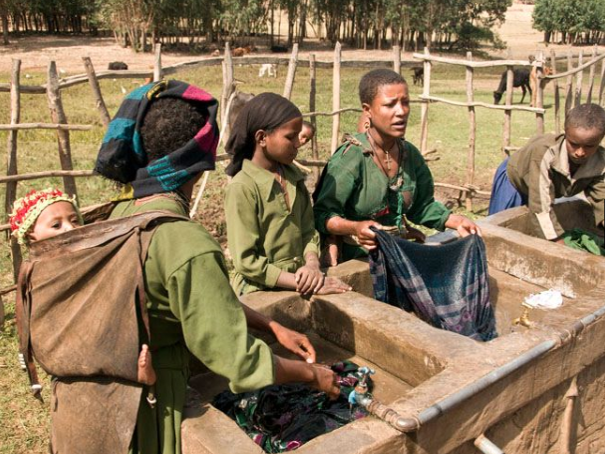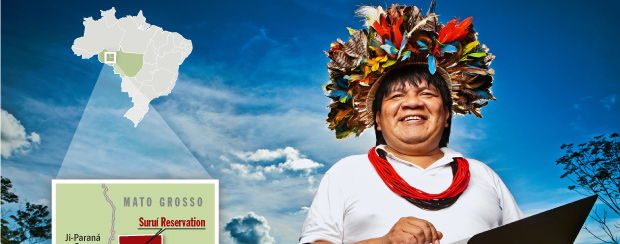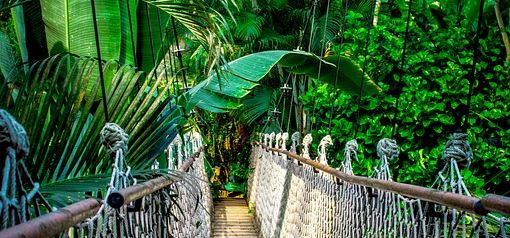Really Good Geography's Shop
Welcome to my shop. My aim is to provide high quality teaching, learning and assessment resources. In the case of GCSE and A Level resources I am adding examination questions to my resources as more become available. Please come in and browse. Feel free to contact me about any of the resources that you buy or if you are looking for something in particular.





















